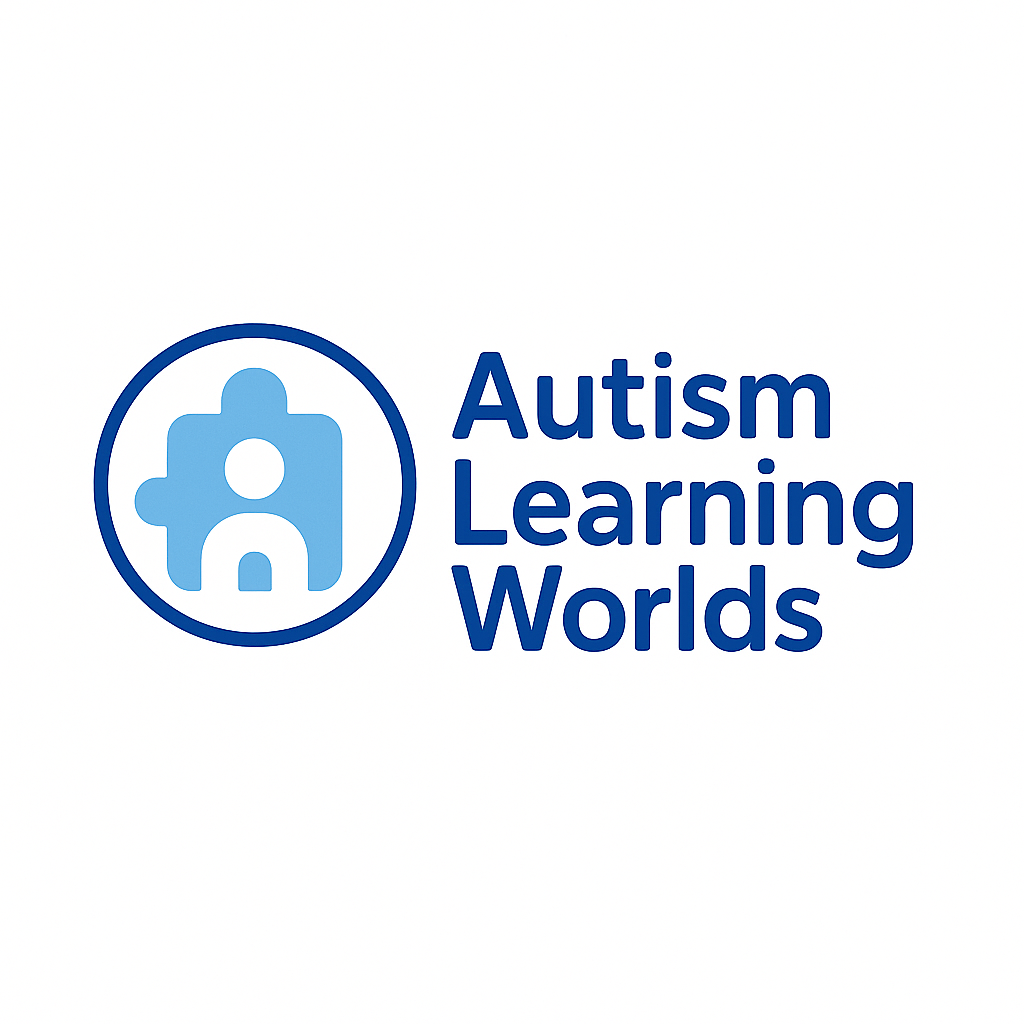Teaching Kids with Autism About Personal Space
Helping students understand boundaries, comfort, and respect
Personal space can be an invisible concept—but it’s one of the most important social skills kids learn.
For many autistic learners, recognizing when they’re standing too close or when someone needs more space doesn’t come naturally. It’s not about rudeness—it’s about awareness.
That’s why we created the Personal Space lesson inside Autism Learning Worlds: a visual, step-by-step way to help kids understand boundaries and feel more comfortable in shared spaces.
🌎 Why Personal Space Can Be Tricky
Personal space isn’t something you can easily see or measure. It changes depending on the person, place, and relationship—and that flexibility can be confusing.
In classrooms, students may lean too close when talking, hug without asking, or get overwhelmed when others touch or bump into them. These moments can cause discomfort or conflict if not gently supported.
Teaching personal space visually helps turn an abstract idea into something concrete and understandable.
👣 How to Teach Personal Space
Start with modeling and clear visuals.
Use examples like colored circles or hula hoops to represent “bubbles” of personal space. You can say:
“This is your space bubble. Everyone has their own bubble that keeps them feeling safe and comfortable.”
Then, invite students to act out scenarios: standing in line, working with a partner, or greeting a friend. Encourage them to notice how different distances feel.
Inside the Personal Space course, kids watch animated examples that show the right and wrong ways to interact in common settings—like the classroom, playground, and hallway. Then, they take a short quiz that reinforces what they learned through visuals and choices.
🎥 Try the Personal Space Lesson here
💬 Gentle Language You Can Use
Teachers and parents can reinforce the concept throughout the day with short, respectful cues:
“Remember your space bubble.”
“Let’s give friends a little more room.”
“You can wave instead of hugging if you want to say hi.”
Over time, these gentle reminders help students build awareness and empathy without shame or correction.
💙 Final Thoughts
Teaching personal space helps kids feel safer, more confident, and more connected with others. It’s about building mutual respect—both for themselves and for their peers.
With consistent visuals, modeling, and positive language, students can learn to navigate shared spaces with kindness and understanding.
✨ Explore our Personal Space lesson inside Autism Learning Worlds to start teaching healthy boundaries today.
Who we are
We empower neurodiverse children through visual learning tools that build emotional, social, and life skills—while supporting the adults who guide them.
Featured links
Get in touch
Copyright © 2025

